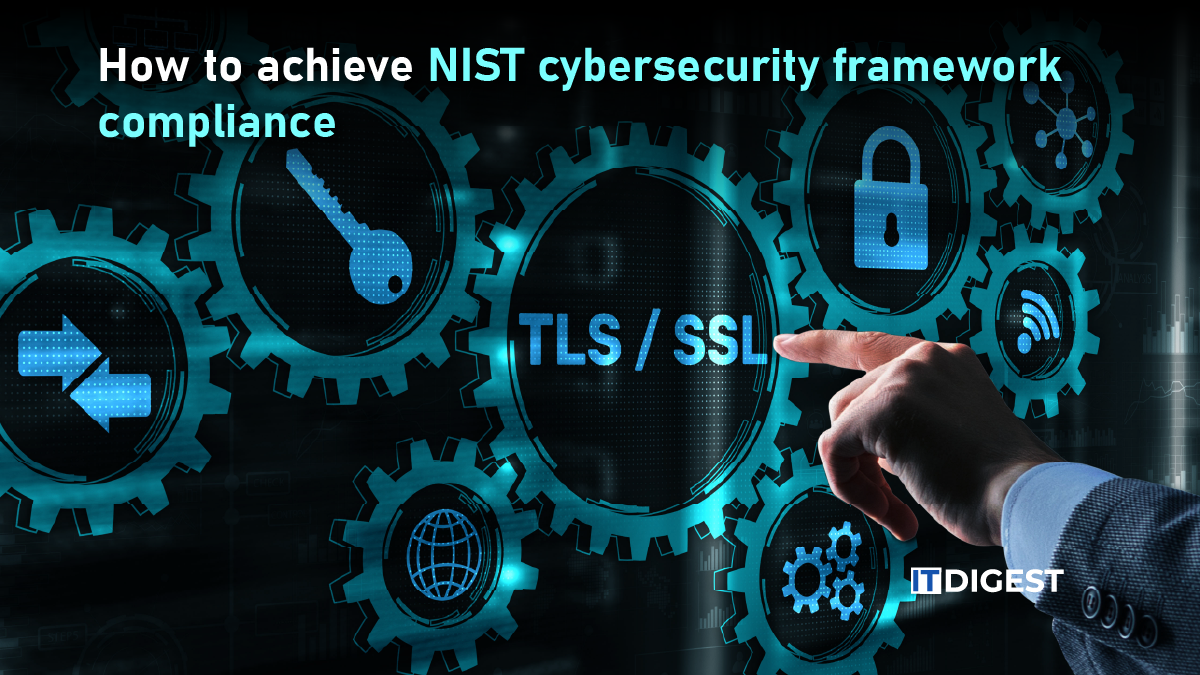Cloud‐security vendor Upwind announced the launch of its new Exposure Validation Engine, described as “the first-of-its-kind capability that brings dynamic, real-time validation into the Cloud Security Posture Management (CSPM) layer.” This innovation enables security, engineering and compliance teams to validate live cloud exposures under real-world conditions, rather than relying solely on static configuration checks.
The announcement also coincides with Upwind’s inclusion on the 2026 Fortune × Lightspeed Venture Partners Cyber 60 list of promising cybersecurity startups.
What the Exposure Validation Engine does
According to the release, the core of the new engine is an AI-based validation framework that fuses traditional configuration analysis with live external reachability checks in effect probing whether cloud assets are truly accessible and exploitable from the outside. In early testing, Upwind says the engine uncovered tens of terabytes of sensitive data exposed by Fortune 2000 organisations including AI models, datasets and entire disks many of which had gone undetected by older CSPM tools.
Upwind further claims the solution has reduced false positives by up to 90%, enabling security teams to focus only on exposures that are validated as exploitable rather than chasing many theoretical alerts. For engineering teams the engine provides reproducible commands and structured outputs for remediation; for compliance functions it brings audit-ready evidence for every validation performed. As Upwind founder & CEO Amiram Shachar states: “Cloud security teams are tasked to do the impossible, to protect digital assets in ever changing cloud environment… Our job is to simplify the work of cloud security leaders with more clarity, evidence-backed findings and precision.”
Implications for the cloud security industry
The introduction of this runtime-validation capability signals a notable shift in the CSPM market. Historically, CSPM tools have focused on scanning cloud configurations (IAM policies, network settings, storage permissions) and flagging misconfigurations or compliance deviations. However, as industry commentary shows, organisations are increasingly demanding real-time, actionable evidence rather than just lists of potential issues. According to recent analysis, the global CSPM market is expected to grow from US$6.43 billion in 2025 to around US$15.64 billion by 2034 at a CAGR of ~10.4%.
Meanwhile, top cloud-security trend reports for 2025 highlight two relevant vectors:
-
The shift from static posture assessments to dynamic, runtime validation and exploit-simulation.
-
The increasing adoption of AI and automation to reduce noise, false positives and alert fatigue in cloud security operations.
In this context, Upwind’s offering aligns well with the broader market – especially as enterprises adopt multi-cloud, hybrid-cloud and high-volume cloud workloads, which produce ever-larger attack surfaces. The launch therefore pushes the expectations of what “cloud security posture management” must provide: not just visibility, but proof of exploitability, actionable evidence and remediation workflows.’
Also Read: Incode Launches Agentic Identity to Verify and Secure AI Agents in the Era of Autonomous Computing
What it means for businesses operating in cloud security
For enterprises (and security/engineering teams) the practical consequences are several:
-
Greater precision & remediation efficiency: By verifying not just misconfigs but actual external reachability and exploitability, the engine helps teams prioritise what truly matters, reducing wasted efforts on false positives and “alarm fatigue”.
-
Improved auditability and governance: Because each validation comes with step-by-step commands and structured outputs, compliance, risk and audit teams gain more confidence in cloud controls and can show stronger evidence of control effectiveness.
-
Faster risk-to-remediation cycle: Engineering teams get the reproducible commands and verification steps to fix exposures more rapidly a critical factor in fast-moving cloud environments.
-
Vendor differentiation and competitive pressure: For cloud-security vendors, this raises the bar. Those offering only static scanning will likely face increasing pressure to upgrade to runtime-validation, exploit simulation and “proof of risk” capabilities. That may accelerate consolidation, innovation and M&A in the sector.
-
Operational cost implications: With fewer false alerts and more actionable signals, organisations can reduce wasted analyst time, sharpen focus on high-impact issues, and reduce overall cloud risk a meaningful cost-savings and business-resilience narrative for C-suite leadership.
Broader ecosystem and strategic take-aways
For the cloud-security ecosystem, Upwind’s launch underscores a few strategic messages:
-
The cloud attack surface is not just an issue of misconfiguration, but of reachability and active exploitability. Enterprises must shift their mindset from “Is something misconfigured?” to “Can this misconfiguration be exploited from the wild?”
-
As organisations scale cloud usage, especially with AI models, large data sets, containers and serverless workloads, security tools must cope with volume and variability hence runtime validation becomes more critical. Upwind cites tens of terabytes of exposed data in early tests.
-
The readiness of vendors to embed AI/ML for ranking risk, reducing noise and proof-based prioritisation is now table stakes – cloud-security is moving from reactive to proactive.
-
For businesses offering cloud-security consulting or managed services, the need to demonstrate operational maturity via validated evidence becomes a differentiator. Firms must emphasise not just tool-based scanning but governance workflows, real-time validation and remediation proof.
-
Finally, as cloud adoption grows in SMBs and enterprise segments alike, the increasing expectation will be for CSPM + runtime validation solutions to become default rather than optional raising the bar for all stakeholders.
Conclusion
Upwind’s launch of its Exposure Validation Engine marks a notable evolution in cloud security posture management: moving from static configuration scanning to runtime, evidence-based validation of exposures. For organisations, this means sharper prioritisation of real risk, stronger audit evidence and faster remediation. For the broader industry, it signals a competitive inflection point: vendors and service providers who cannot deliver runtime validation will likely face growing obsolescence, while those who can will anchor the next wave of cloud security leadership.
As the CSPM market continues its projected growth and evolution, this kind of innovation is emblematic of how cloud-security must keep pace with both the expanding attack surface and the accelerating pace of digital transformation.

































